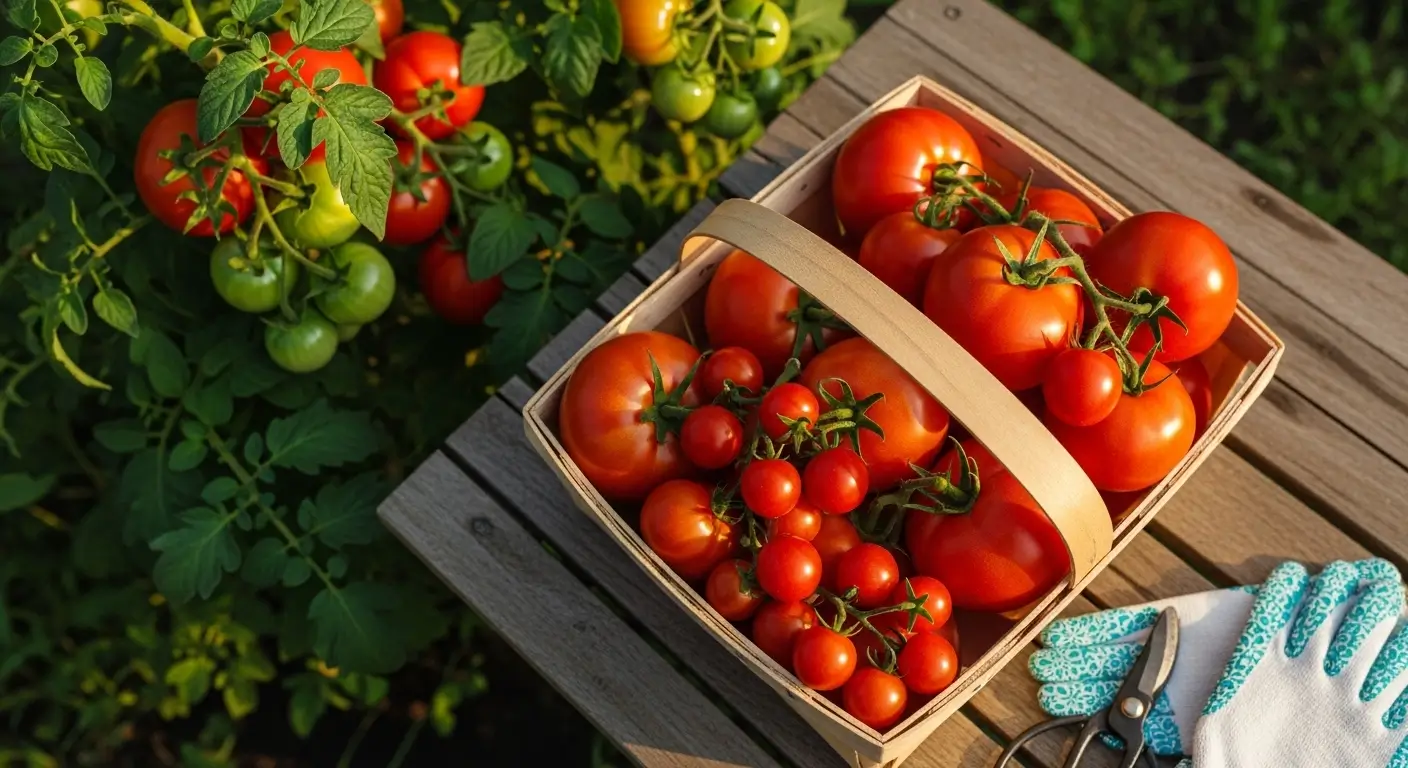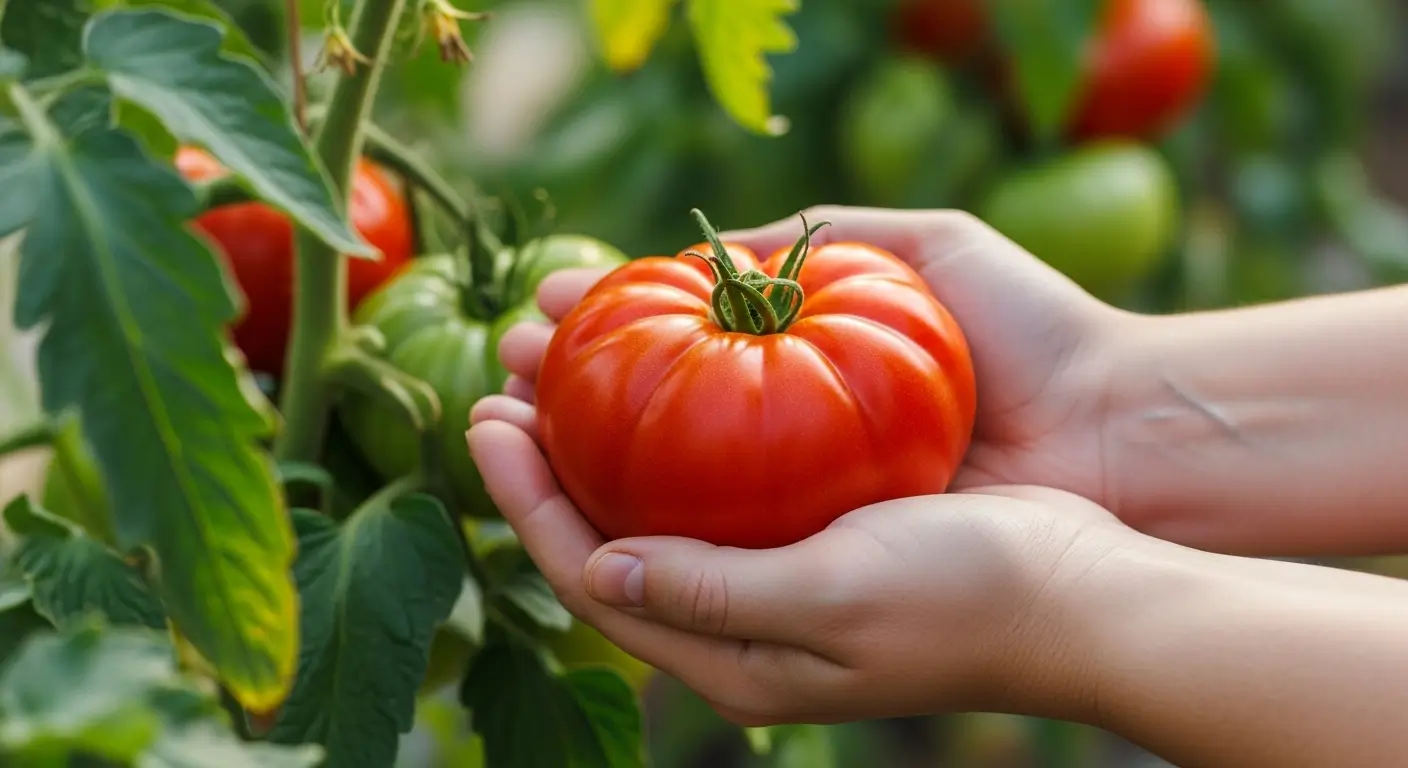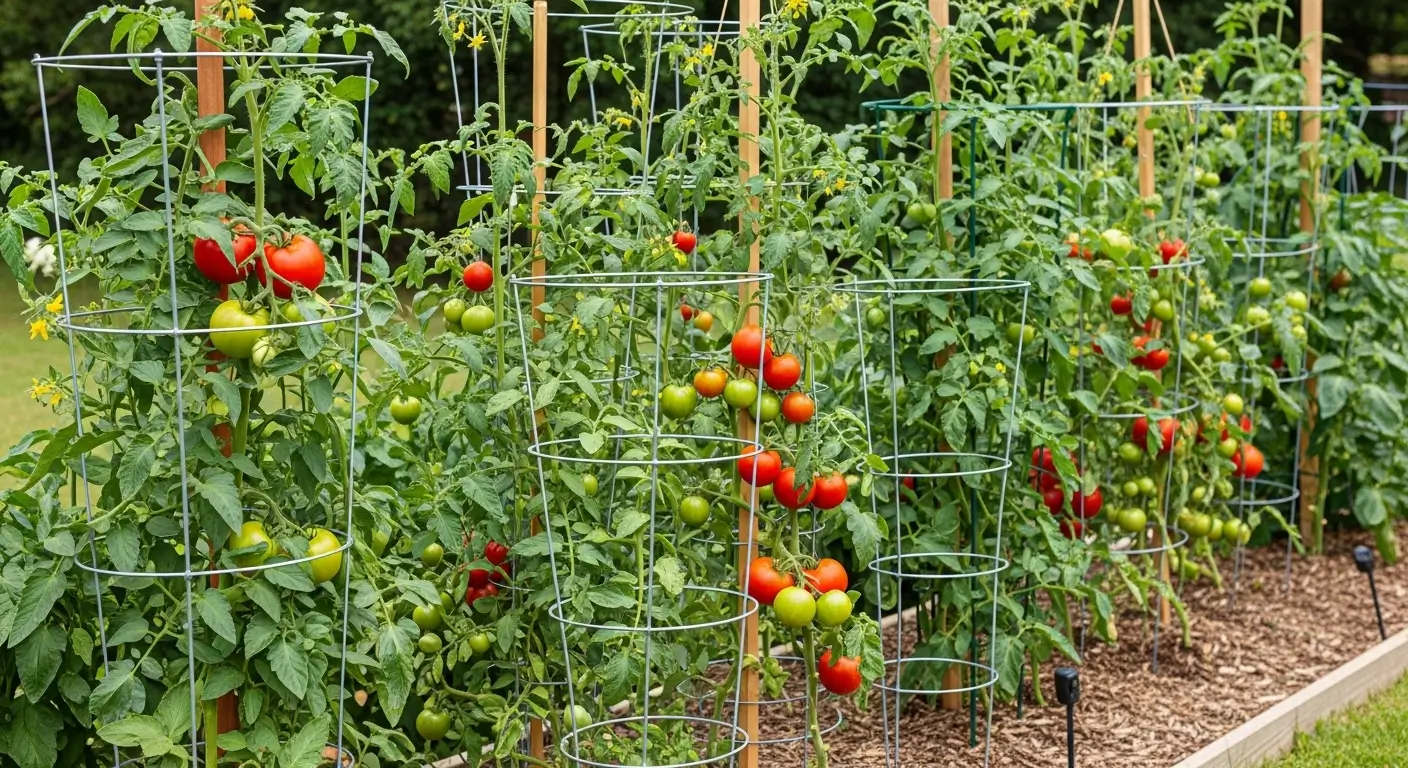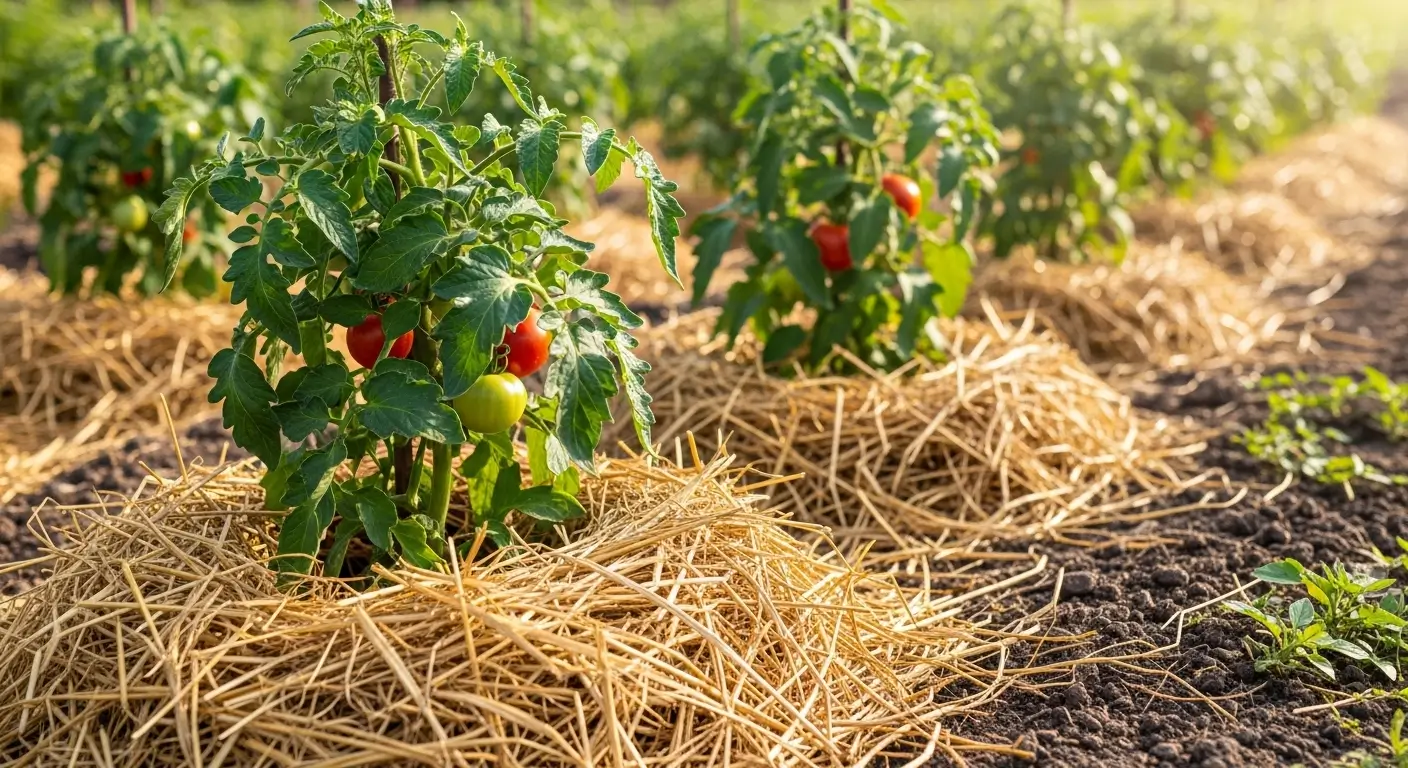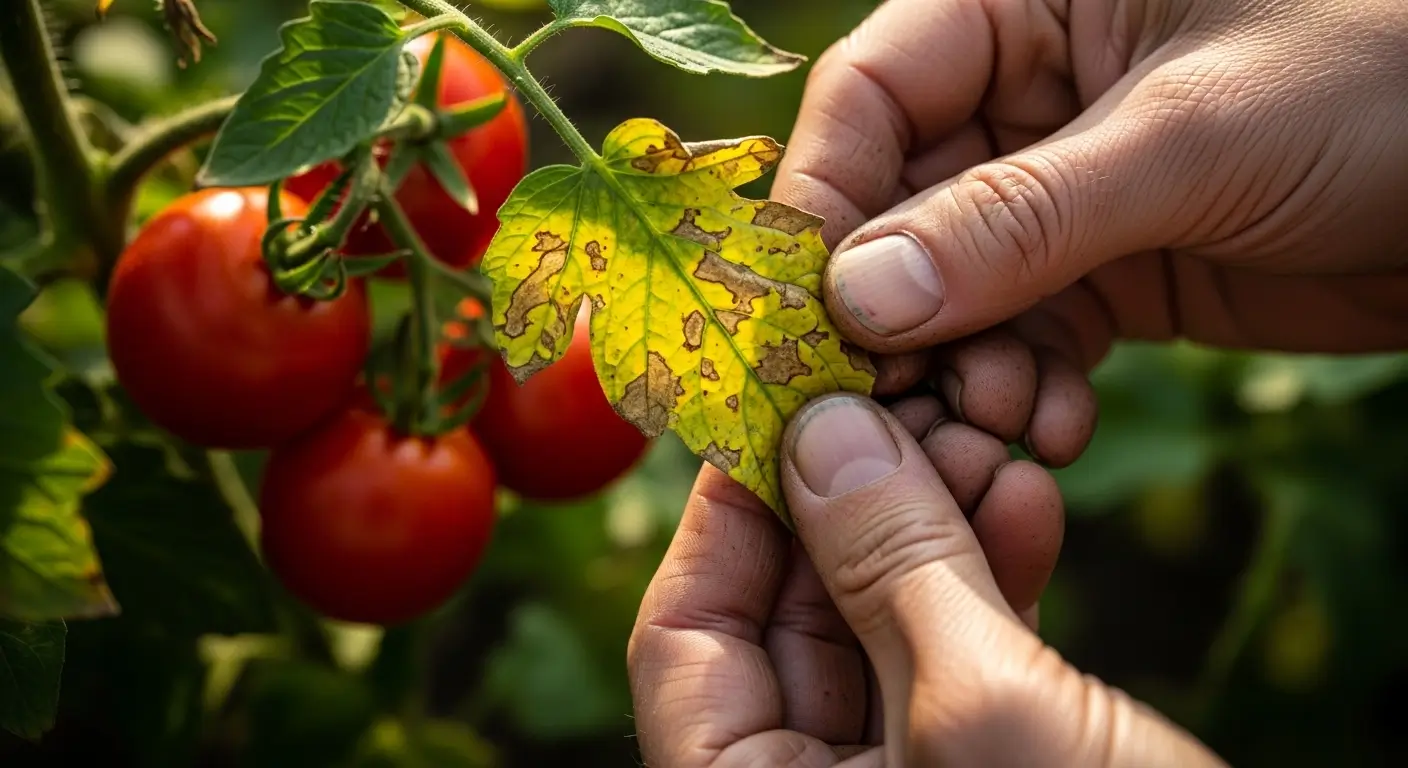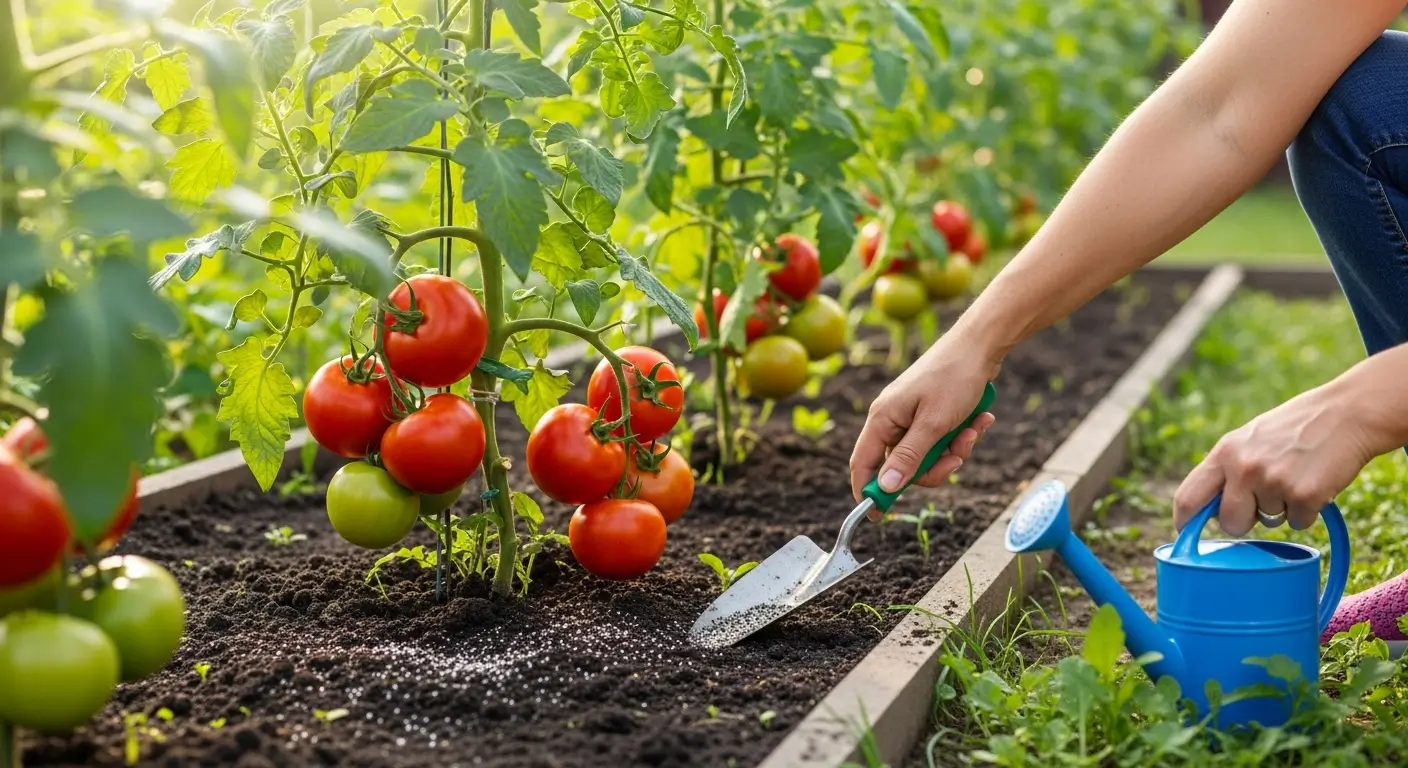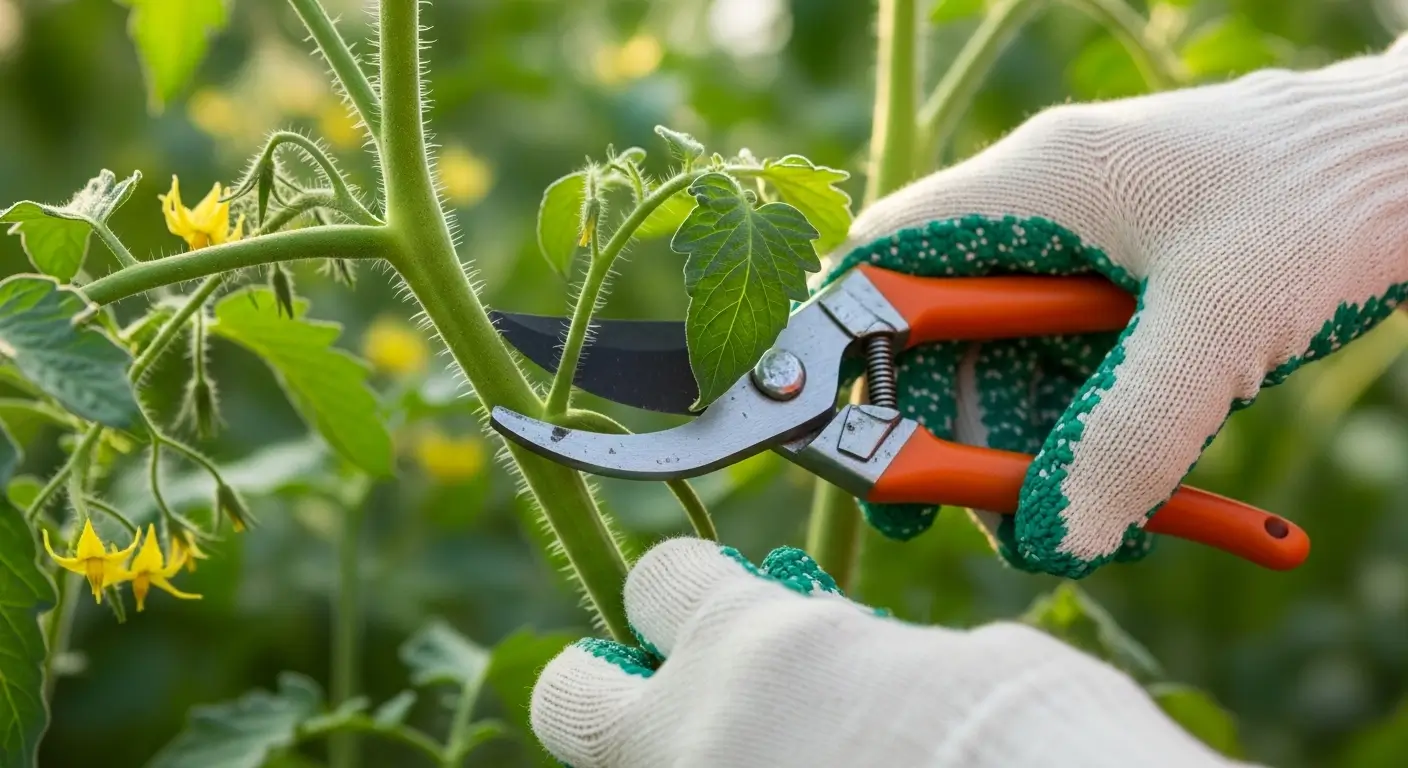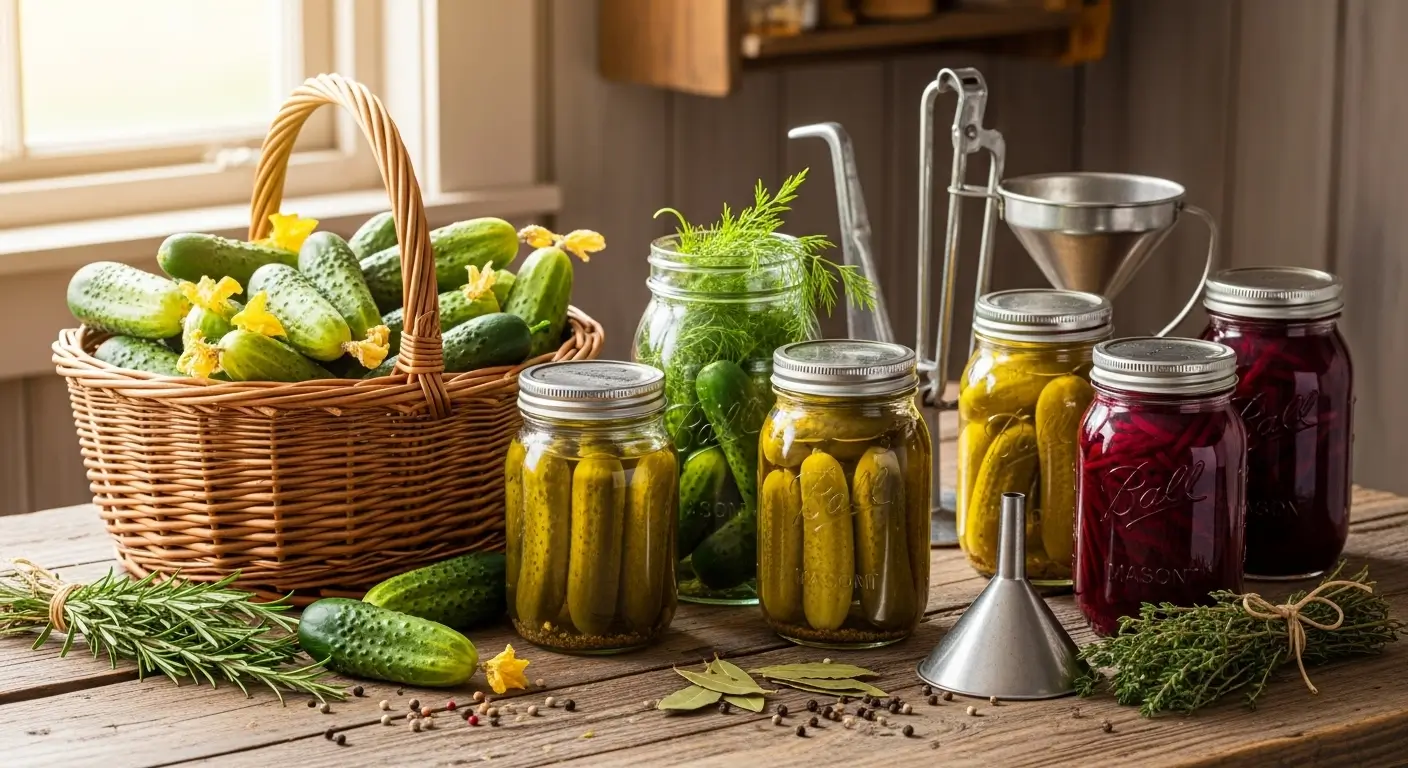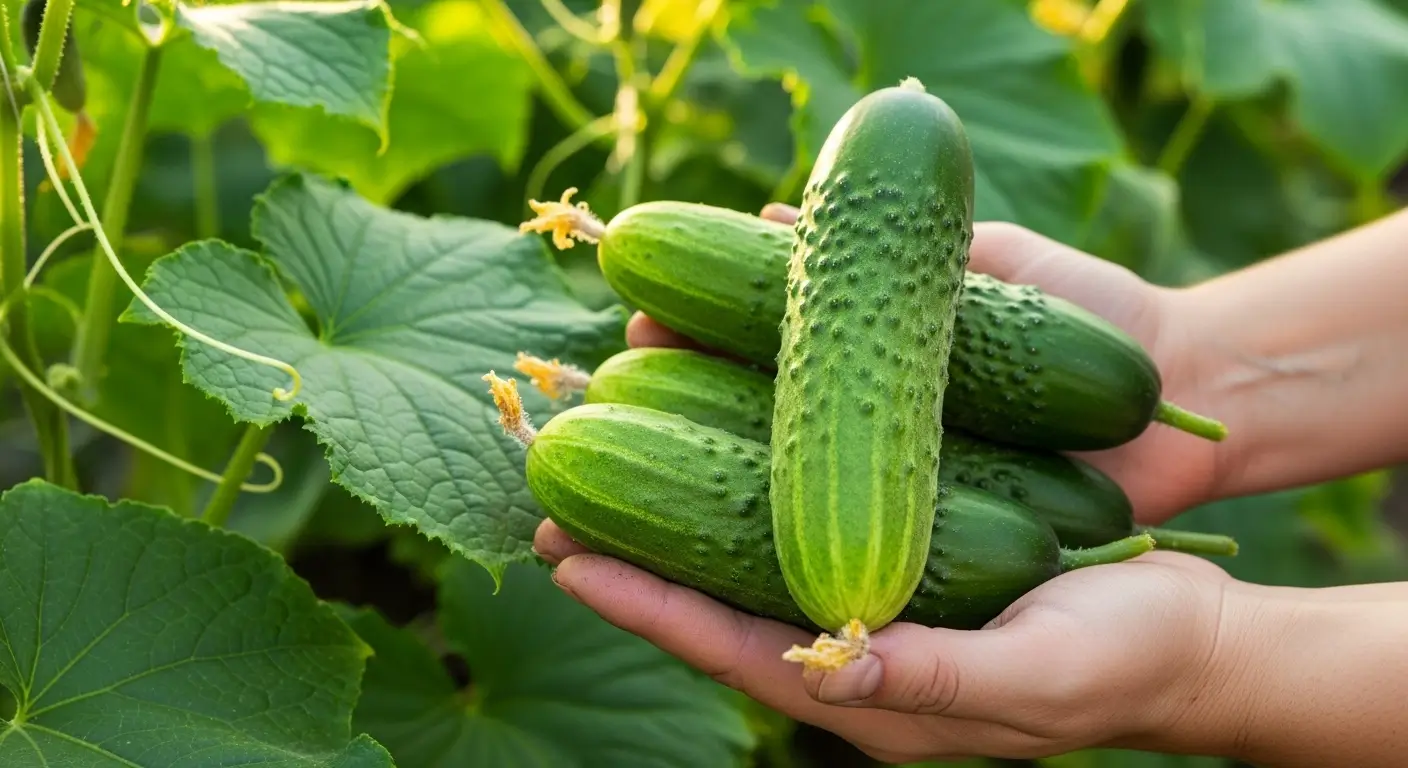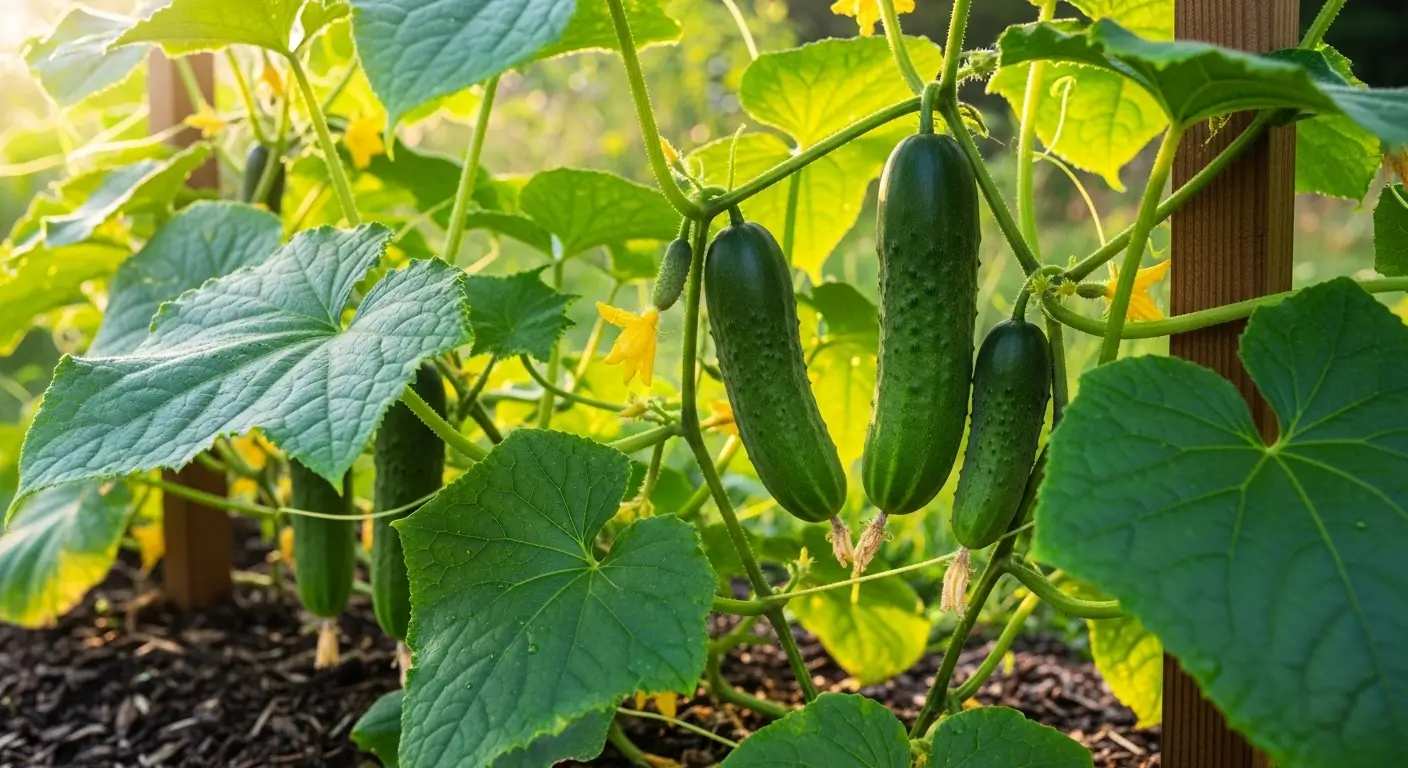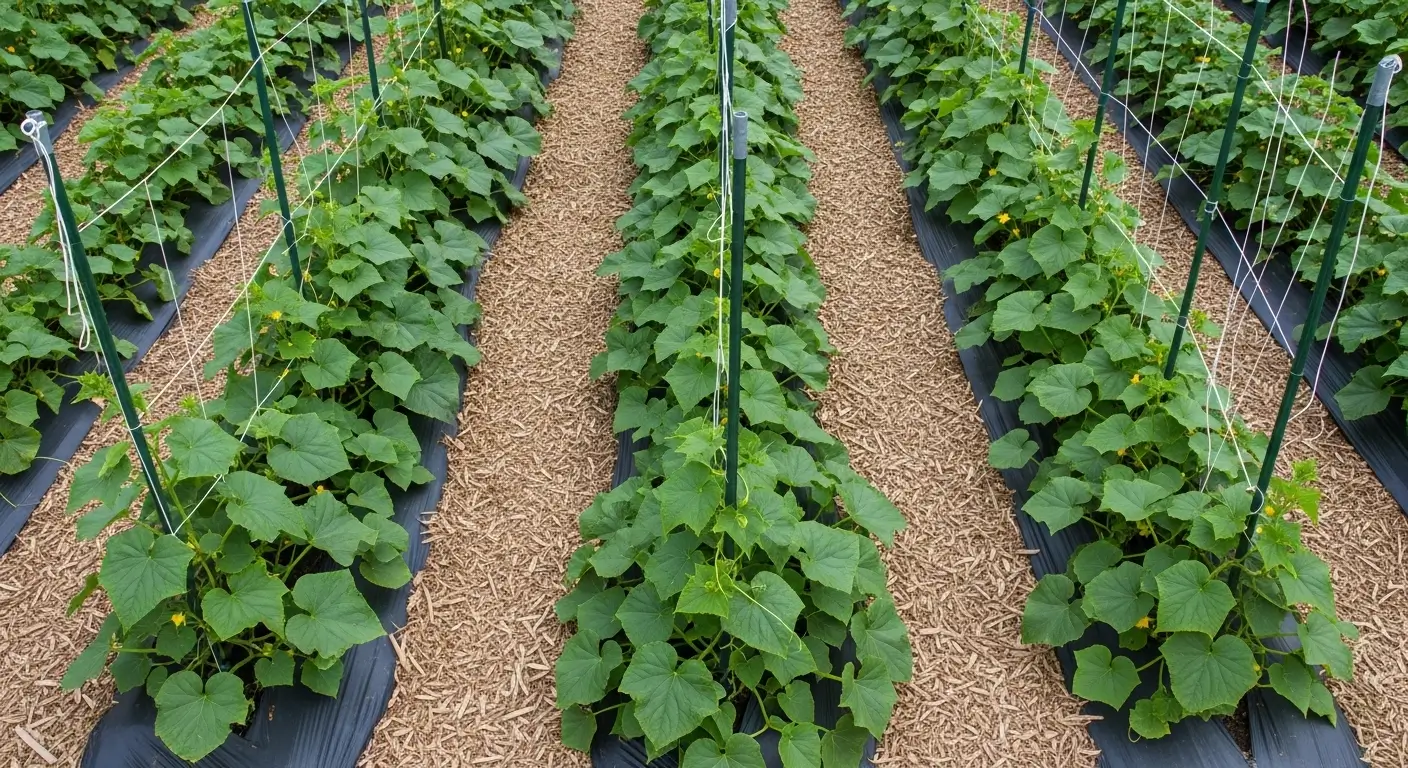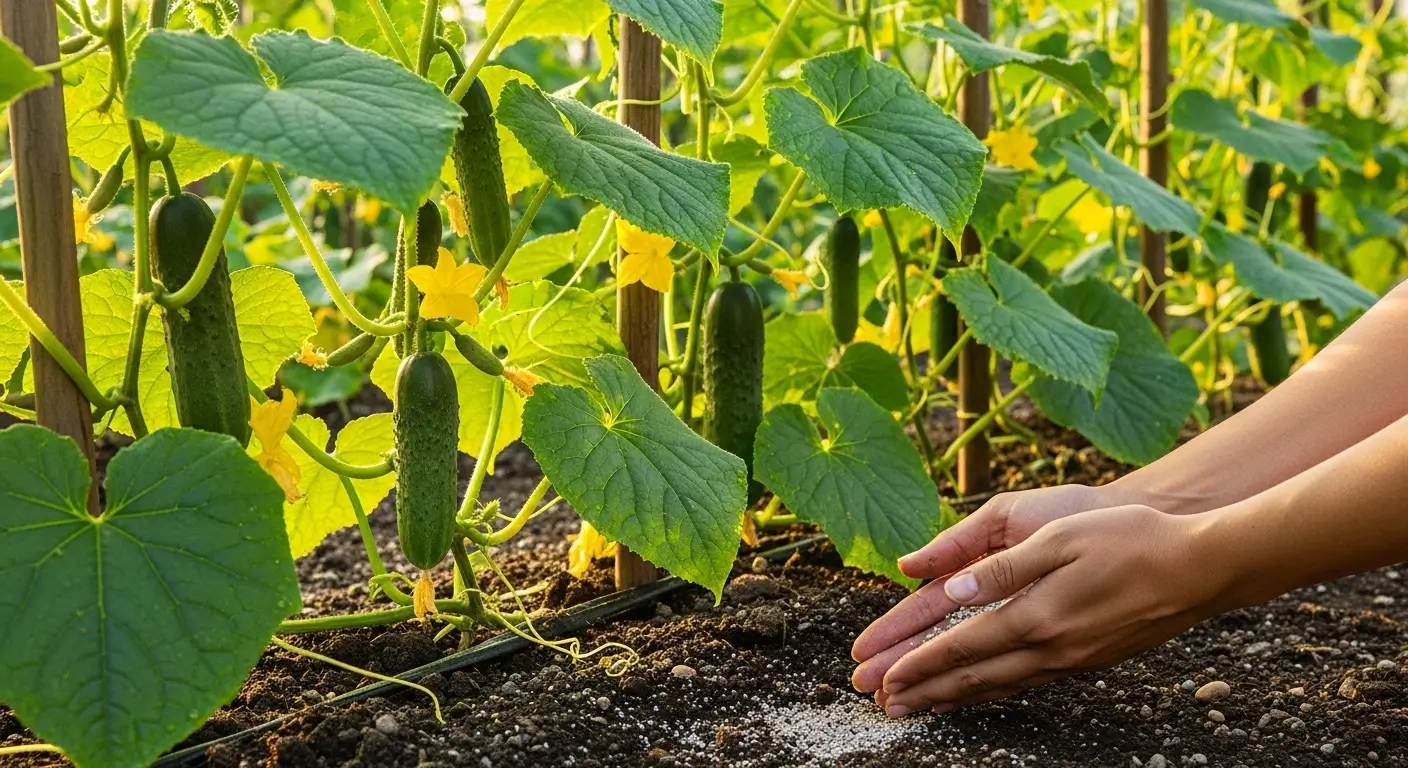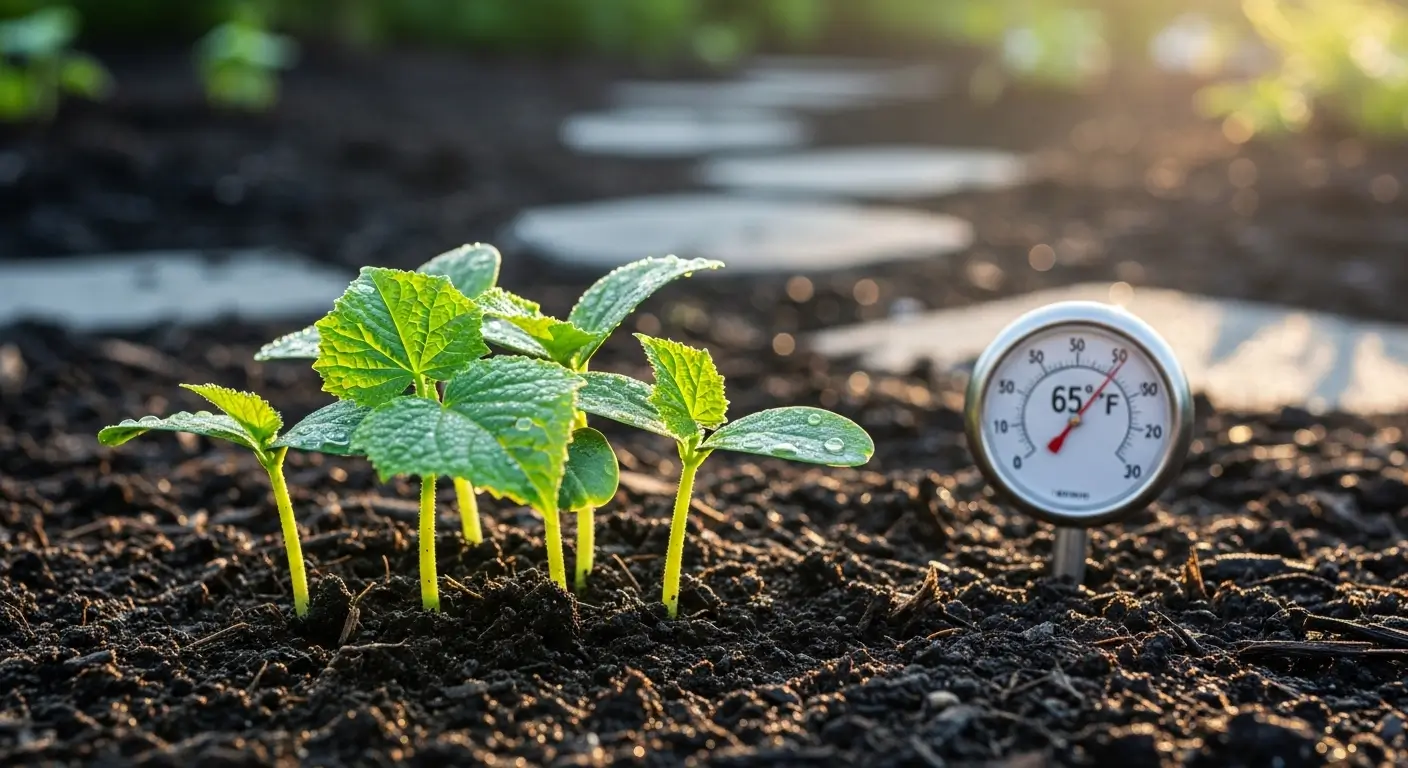Oh my goodness, there’s nothing quite like the anticipation of waiting for your first tomato to ripen! I still remember my early gardening days when I’d plant my tomatoes in May and then pace around the garden all summer, wondering if I’d ever see a ripe tomato before the first frost. Sound familiar?
Here’s the thing – if you’re like me and you get impatient waiting for those gorgeous red beauties or dealing with a shorter growing season, fastest-growing tomatoes are absolute game-changers. After 15 years of trial and error (and yes, plenty of green tomatoes picked before frost!), I’ve discovered some actual speed demons that’ll have you harvesting ripe tomatoes in as little as 45 days from transplant.
Whether you’re gardening in a challenging climate, want multiple harvests in one season, or can’t wait to sink your teeth into a homegrown tomato, these quick-maturing varieties are going to become your new best friends.
Table of Contents
Why Growing Speed Matters More Than You Think
Look, I used to be one of those gardeners who thought “good things come to those who wait.” And while that’s true for some plants, tomatoes don’t always have the luxury of time. Here in Zone 5b, our growing season can be unpredictable – we might get an early frost, a late spring, or a particularly cool summer that leaves traditional varieties struggling.
Early tomato varieties aren’t just about impatience (though I’ll admit, that’s part of it!). They’re about:
- Beating unpredictable weather – Getting fruit before late blight or other diseases take hold
- Multiple harvests – Plant early varieties in spring, then plant again in mid-summer for a fall crop
- Guaranteed success – Significant for beginners who need that confidence boost
- Extended harvest season – Quick varieties can fruit while your slower tomatoes are still developing
I learned this lesson the hard way during my third year of gardening when a late blight outbreak wiped out my entire crop of heirloom varieties in August. The only tomatoes I got that year? A handful from the ‘Early Girl’ plants I’d almost decided not to grow!
The Science Behind Speed: What Makes Tomatoes Mature Quickly
Before we dive into the varieties (the fun part!), let me share what I’ve learned about why some tomatoes are naturally faster than others.
Quick-maturing tomatoes typically have a few things in common:
- Determinate growth habit (they stop growing at a certain height and set all their fruit at once)
- Smaller fruit size (less energy needed to develop each tomato)
- Fewer days to maturity from seed
- Compact plant structure
Now, this doesn’t mean they’re inferior – some of my absolute favorite tomatoes happen to be fast growers. They prioritize getting fruit to you quickly rather than producing massive plants or enormous tomatoes.
Top 10 Fastest-Growing Tomato Varieties (My Personal Favorites)
After growing dozens of varieties over the years, here are the speed champions I return to season after season:
1. ‘Stupice’ (60-65 days)
This Czech heirloom has stolen my heart! Despite being an indeterminate variety, it produces fruit incredibly early and keeps going all season. The flavor is outstanding – sweet, complex, and perfectly balanced. I’ve had gardeners tell me it’s changed their minds about early varieties.
2. ‘Early Girl’ (50-60 days)
The classic for a reason. Reliable, consistent, and forgiving of beginner mistakes. I recommend this to every new gardener because it almost guarantees success. The fruit size is perfect for slicing, and it handles our unpredictable Midwest weather like a champ.
3. ‘Fourth of July’ (49 days)
Yes, you read that right – 49 days! This determinate variety was bred specifically for speed. While the tomatoes are on the smaller side, they’re perfect for snacking and have surprisingly good flavor for such an early variety.
4. ‘Sub-Arctic Plenty’ (45-55 days)
Originally developed in Canada for extremely short seasons, this little powerhouse produces many small, flavorful tomatoes. Perfect if you’re dealing with cool summers or want to try succession planting.
5. ‘Black Cherry’ (65 days)
Okay, I’m cheating a bit here because it’s not the absolute fastest, but hear me out – this indeterminate cherry tomato starts producing early and doesn’t stop. The complex, sweet flavor is incredible, and the deep purple-red color is gorgeous in salads.
6. ‘Oregon Spring’ (58-70 days)
Explicitly bred for cool, short seasons, this determinate variety handles temperature fluctuations better than almost any other tomato I’ve grown. Perfect if you’re dealing with unpredictable spring weather.
7. ‘Glacier’ (55-60 days)
Another cold-weather champion from Sweden. These compact plants produce many small, sweet tomatoes and prefer cooler temperatures. I’ve had success growing these even when other varieties struggled.
8. ‘New Big Dwarf’ (60-70 days)
Don’t let the name fool you – these plants stay compact but produce surprisingly large fruit for such an early variety. Perfect for container growing or small spaces.
9. ‘Tokita Saladette’ (55-65 days)
A Japanese variety that produces perfect salad-sized tomatoes with exceptional flavor. The plants are incredibly productive, and the fruit has excellent keeping quality.
10. ‘Manitoba’ (60 days)
Developed for the Canadian prairies, this determinate variety handles stress well and produces reliable harvests of medium-sized fruit. Great backup variety if you’re trying others for the first time.
Growing Tips for Maximum Speed
Want to get the absolute fastest results from your quick-maturing varieties? Here are the tricks I’ve learned over the years:
Start Strong with Transplants
Unless you’re in a really long season area, buy transplants or start seeds indoors 6-8 weeks before your last frost date. I learned this lesson after trying to direct seed early varieties – you lose weeks of growing time!
Soil Temperature Matters More Than Air Temperature
This was a game-changer for me. Use black plastic mulch or plant through landscape fabric to warm the soil faster in spring. Your tomatoes will establish much more quickly in warm soil.
Choose the Right Location
Give your fastest-growing tomatoes the sunniest, most protected spot in your garden. I plant mine against a south-facing wall where they get reflected heat and wind protection.
Container Growing for Speed
Here’s something I discovered by accident – best tomatoes for short seasons often perform even better in containers! The soil warms faster, you can move them if the weather threatens, and the restricted root space encourages earlier fruiting.
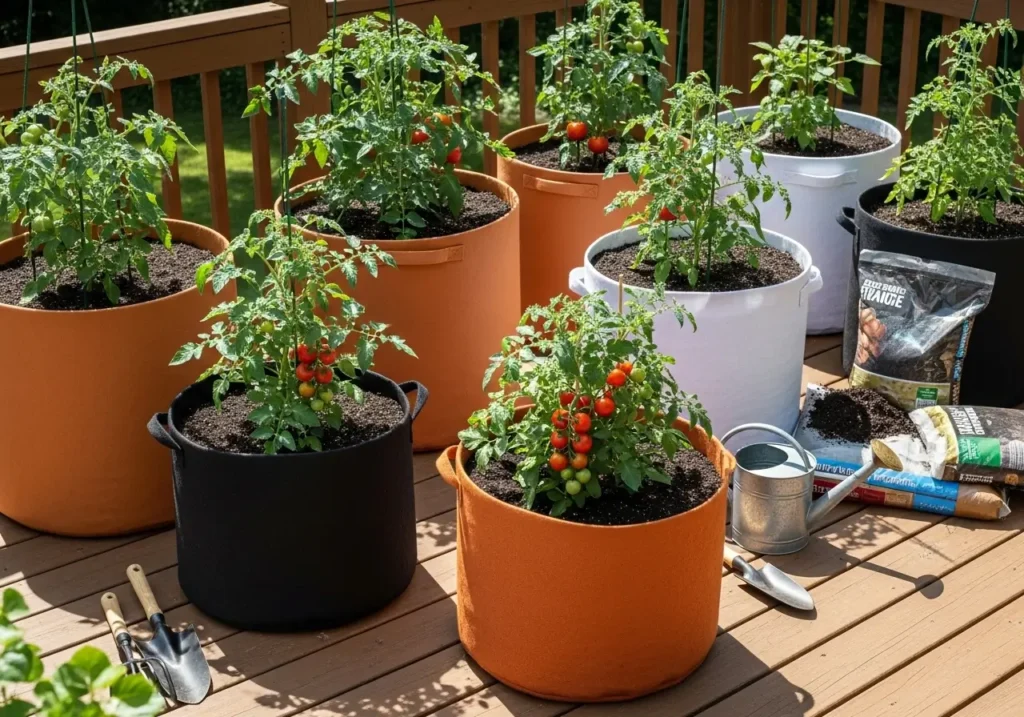
For more detailed guidance on general tomato growing techniques, check out our comprehensive growing tomatoes guide, which covers everything from soil prep to harvest timing.
Succession Planting: Doubling Your Harvest
This is where fast-growing varieties really shine! Once you’ve mastered growing one crop, try succession planting:
- Plant your first crop 2-3 weeks before the last frost (with protection ready)
- Plant a second crop 4-6 weeks later
- Plant a third crop in mid-summer for fall harvest
I’ve actually gotten three full harvests from ‘Sub-Arctic Plenty’ in a single season this way. It requires some planning, but the payoff is incredible.
Common Mistakes to Avoid
Trust me, I’ve made every mistake in the book with early tomatoes:
Over-fertilizing: Fast varieties don’t need heavy feeding. Too much nitrogen actually delays fruiting.
Overcrowding: Even compact varieties need good air circulation. I learned this during a particularly humid summer when half my plants got blight.
Ignoring disease resistance: Just because they’re fast doesn’t mean they’re bulletproof. Choose varieties with good disease resistance, and if you’re dealing with common tomato diseases, our guide to disease-resistant tomatoes has some excellent fast-growing options.
Planting too late: The whole point is getting fruit early – don’t wait until it’s “safe” to grow!
Determinate vs. Indeterminate: Which is Faster?
This comes up a lot in my garden club discussions. Generally, determinate varieties (which stop growing at a certain height) produce fruit faster because they put all their energy into fruiting rather than continued growth. However, some indeterminate varieties like ‘Stupice’ start producing early while continuing to grow.
For a detailed breakdown of the differences and how they affect harvest timing, check out our determinate vs indeterminate guide.
Planning Your Fast-Tomato Garden
Here’s how I plan my speed-focused tomato garden each year:
Early Season (April-May plantings): Focus on the absolute fastest varieties like ‘Fourth of July’ and ‘Sub-Arctic Plenty’
Main Season (May-June plantings): Mix of fast varieties and some slower favorites
Late Season (July plantings): Back to the fastest varieties for fall harvest
This approach ensures I have ripe tomatoes from June through October, even in our challenging Zone 5b climate. To determine your specific planting dates, check your USDA hardiness zone and local frost dates.
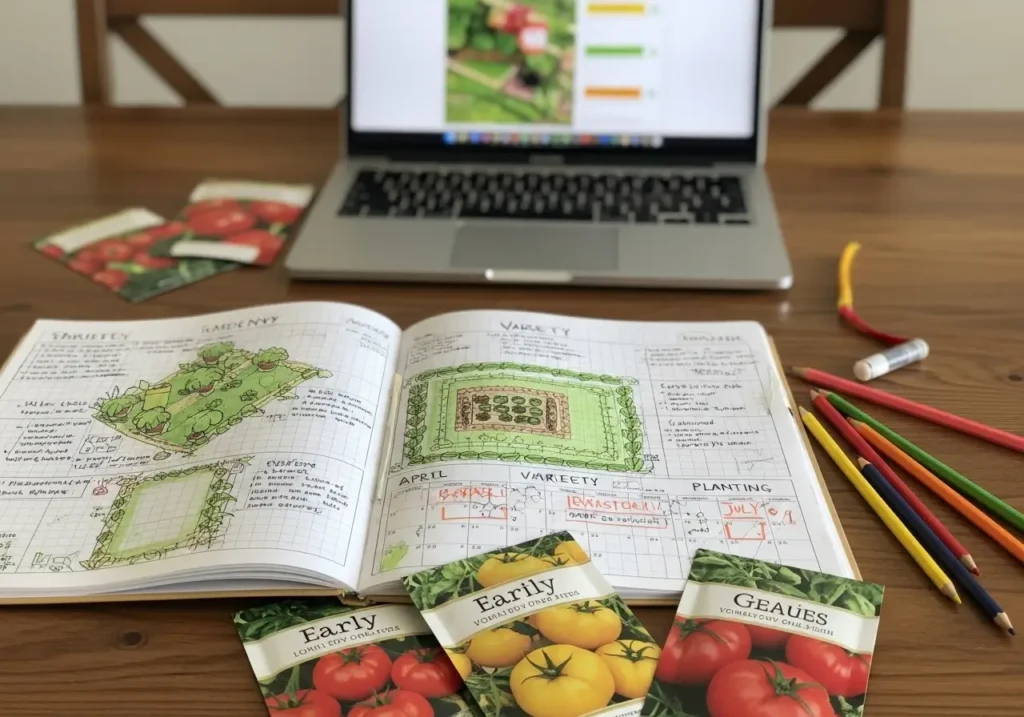
Beyond the Basics: Advanced Speed Techniques
Once you’ve mastered the basics, try these advanced techniques I’ve developed over the years:
Pruning for Speed
Remove suckers aggressively on indeterminate varieties to focus energy on existing fruit clusters. I know it feels wrong, but trust me on this one.
Strategic Watering
Consistent moisture is crucial, but slight water stress before fruit set can speed up flowering. It’s a delicate balance I’m still perfecting!
Companion Planting
Plant basil near your tomatoes – not only does it help with flavor (old wives’ tale or not, I swear it works), but the aromatic oils may help deter pests that slow down growth.
Your Fast-Track to Tomato Success
I get it; waiting for tomatoes to ripen can feel like watching paint dry. But with these fastest-growing tomatoes, you don’t have to wait all summer for that first perfect bite. Whether you choose the reliable ‘Early Girl’, the incredibly fast ‘Fourth of July’, or the flavorful ‘Stupice’, you’re setting yourself up for success.
The key is starting with the right varieties, giving them what they need to thrive, and maybe most importantly, not being afraid to experiment. Some of my best discoveries have come from trying varieties I’d never heard of or techniques that seemed a little crazy at first.
What’s your experience with fast-growing tomatoes? Have you tried any of these varieties, or do you have a speed champion I should know about? Drop a comment below – I love hearing about fellow gardeners’ discoveries, and who knows, your favorite might make it into next year’s trial garden!
Remember, gardening is all about the journey, but sometimes it’s nice when that journey includes ripe tomatoes in June instead of August. You’ve got this, and your taste buds will thank you!
Fastest Growing Tomatoes – Expert Answers to Common Questions
What are the fastest growing tomatoes?
Oh, this is one of my favorite questions! After 15 years of testing varieties, I can tell you that Sub Arctic Plenty is absolutely incredible at just 45-55 days – it was bred in Canada for extremely short seasons and never disappoints me. Fourth of July comes in at 49 days and is an All-America Selections winner for good reason. And Early Girl? That’s my go-to recommendation for beginners at 55 days because it’s so reliable and forgiving. I’ve grown all of these in my own garden here in Zone 5b, and they’re lifesavers when you’re dealing with unpredictable weather or just can’t wait for that first homegrown tomato!
How long do the fastest tomatoes take to grow?
The absolute speed demons can get you ripe tomatoes in just 45-49 days from transplant to harvest! Fourth of July holds my personal record at 49 days – I still remember the first time I harvested ripe tomatoes in early June and my neighbors thought I was cheating somehow. But here’s the thing – that’s from transplant, not seed. If you’re starting from seed, add another 6-8 weeks. That’s why I always tell people to either start seeds indoors early or just buy good transplants. Trust me, when you bite into that first sun-warmed tomato in June, those 49 days will feel like the best investment you ever made!
Are fast-growing tomatoes good quality?
I used to worry about this too! But honestly, I’ve been pleasantly surprised by how delicious many fast varieties are. Stupice is a perfect example – it’s a Czech heirloom that ripens in about 63 days but has this amazing complex flavor that rivals much slower varieties. Early Girl has that perfect balance of sweet and tangy that makes it great for everything from sandwiches to salads. Now, will they have the deep, wine-like complexity of a Cherokee Purple that takes 80+ days? Probably not. But they’re definitely not the flavorless grocery store tomatoes people sometimes expect. Plus, there’s something magical about eating a perfectly ripe tomato in early summer that makes them taste even better!
